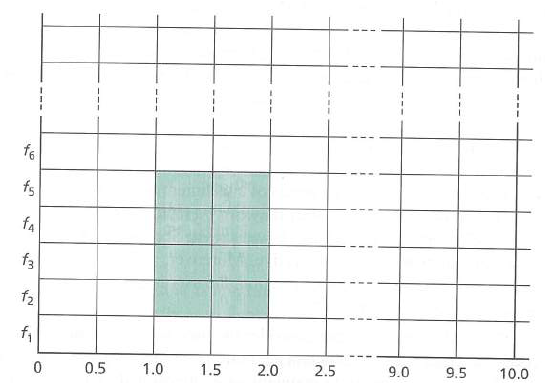Consider the following idealized LTE scenario. The downstream channel (see Figure 7.21) is slotted in time, across
Question:
a. What is the maximum rate at which the base station can send to the nodes, assuming it can send to any node it chooses during each time slot? Is your solution fair? Explain and define what you mean by €œfair.€
b. If there is a fairness requirement that each node must receive an equal amount of data during each one second interval, what is the average transmission rate by the base station (to all nodes) during the downstream sub-frame? Explain how you arrived at your answer.
c. Suppose that the fairness criterion is that any node can receive at most twice as much data as any other node during the sub-frame. What is the average transmission rate by the base station (to all nodes) during the sub frame? Explain how you arrived at your answer.
Figure 7.21

Step by Step Answer:

Computer Networking A Top-Down Approach
ISBN: 978-0133594140
7th edition
Authors: James Kurose, Keith Ross





